Happy Mushroom Monday to everyone! Today, I'd like to share a collection of some of the fascinating fungi that I have found in the woods of western Michigan, USA over the last few days. After a prior week of intermittent rainfall, we have finally been blessed with our first week of prolific fungal fruitings this summer.
Hidden beneath shaded tree cover or tucked away amongst rotting logs, I have been able to find a multitude of different fungi over the previous week ranging from disc fungi to boletes to amanitas. Some are choice edibles while others are poisonous, but all are fascinating examples of a unique, and arguably more successful, way of life than our own. Though this post could not hope to encompass the vast biodiversity of fungal species that inhabit my region of the world, I hope that this post provides a snapshot in time for the many amazing species that are now making themselves known in my local woods.
From the edible chanterelles and oysters, to the vividly colored boletes, to the delicate and often overlooked eyelash cups, there is a wealth of mycodiversity in every acre of forest that surrounds me. From now until the chill of late Autumn comes over this land, I will spend as much time as I can, mushroom bag and camera in hand, documenting and collecting from this bounty.
I often wonder what hidden knowledge may be trapped away in these mushrooms. It may be a segment of genetic code that holds the secret to finding treatments for long-embattled diseases, an enzyme that breaks down hydrocarbons to save us from our own plastic waste, or an understanding of how mycelium conducts information and nutrients to help us better manage our world's ever-dwindling resources. The fungi were here before us, and they will be here after us. It would be the height of arrogance to not at least attempt to learn from them while we are still have the chance to do so. While I wait for the cost of at home DNA sequencing to fall to the price point of hobbyists like myself, pictures and guidebooks will have to do for now :)
Happy Mushroom Monday.
Red Chanterelle (Cantharellus cinnabarinus):
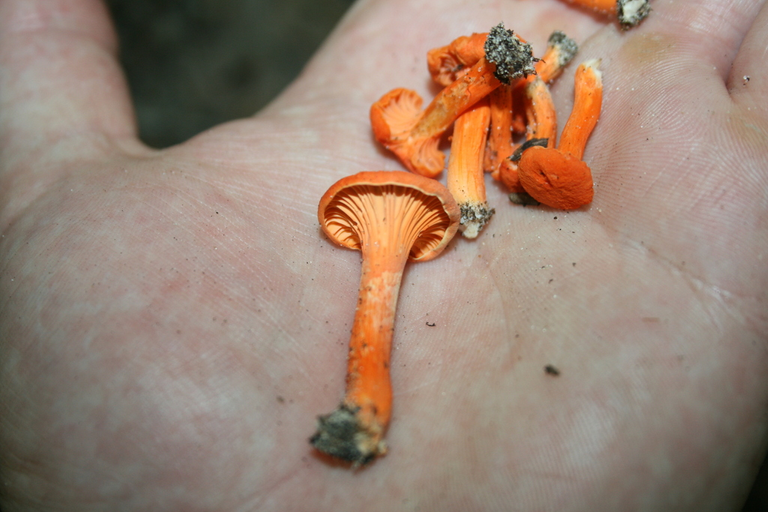
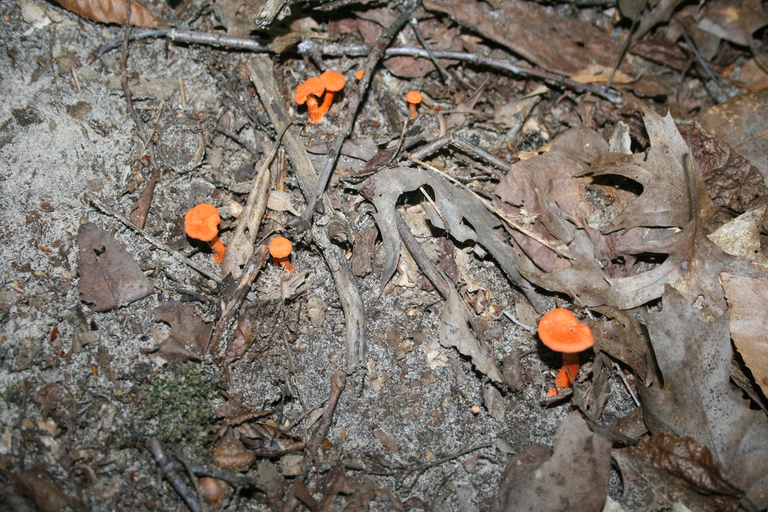
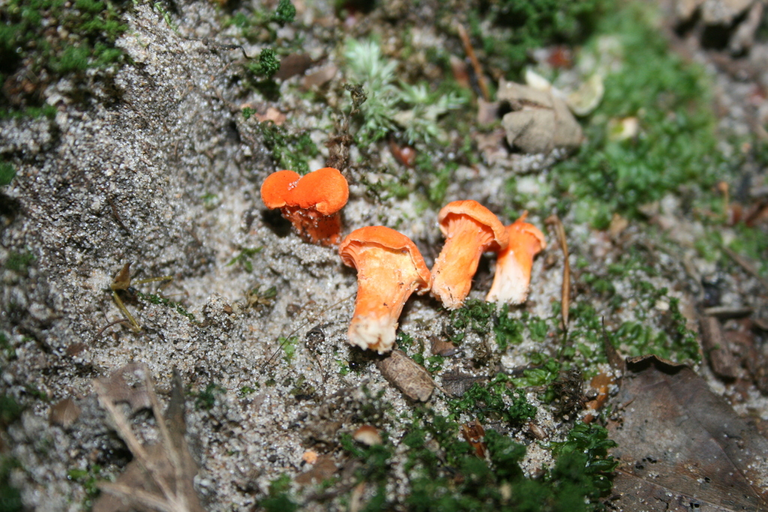

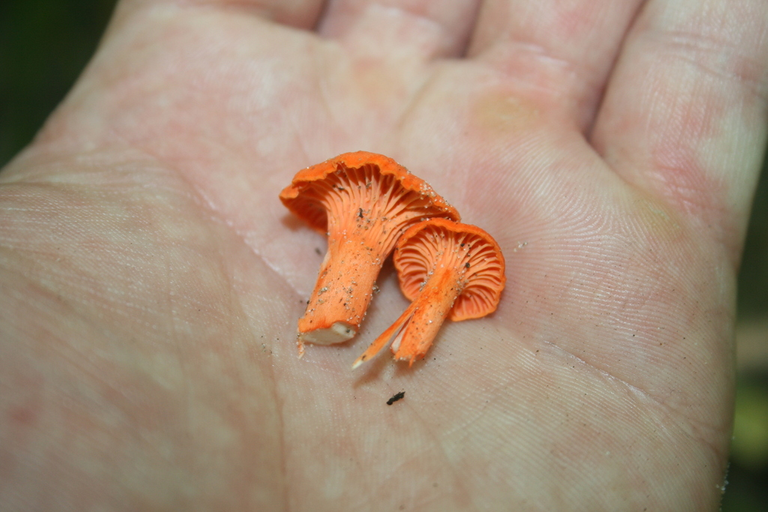
Golden Oyster Mushroom (Pleurotus citrinopileatus):
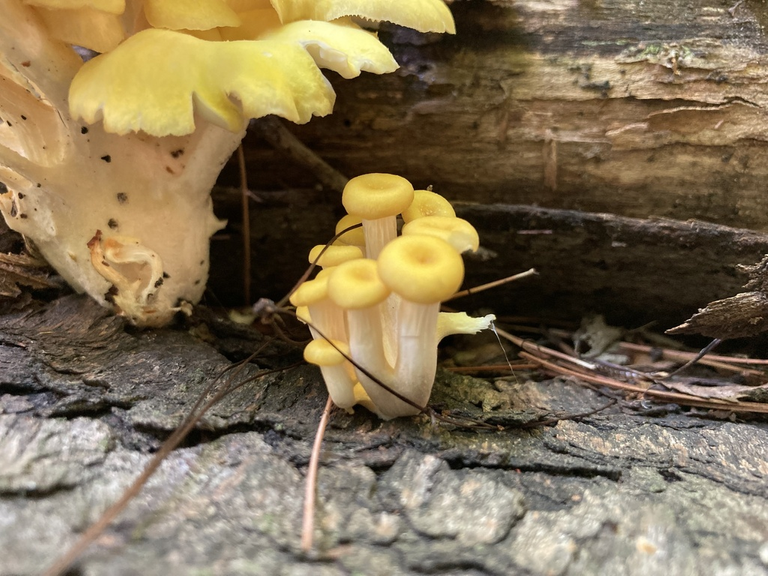

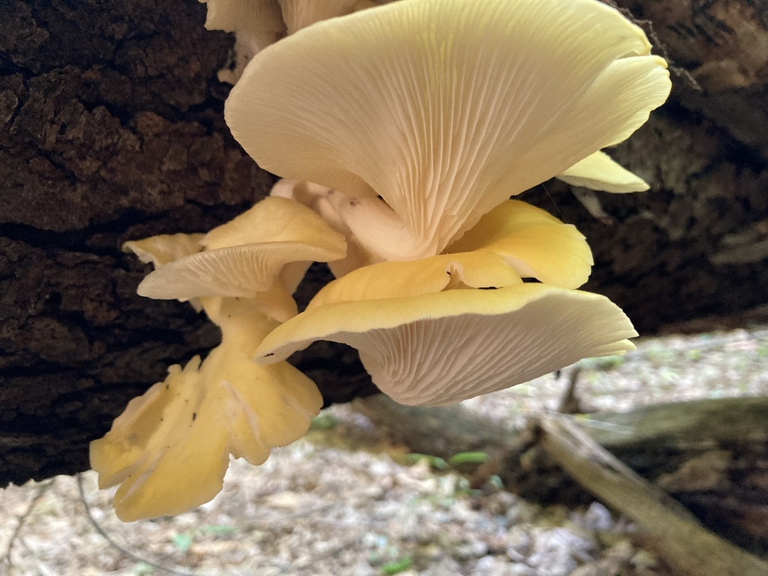
Oyster Mushroom (Pleurotus ostreatus):

Smoothish-stemmed Bolete (Hemileccinum subglabripes):
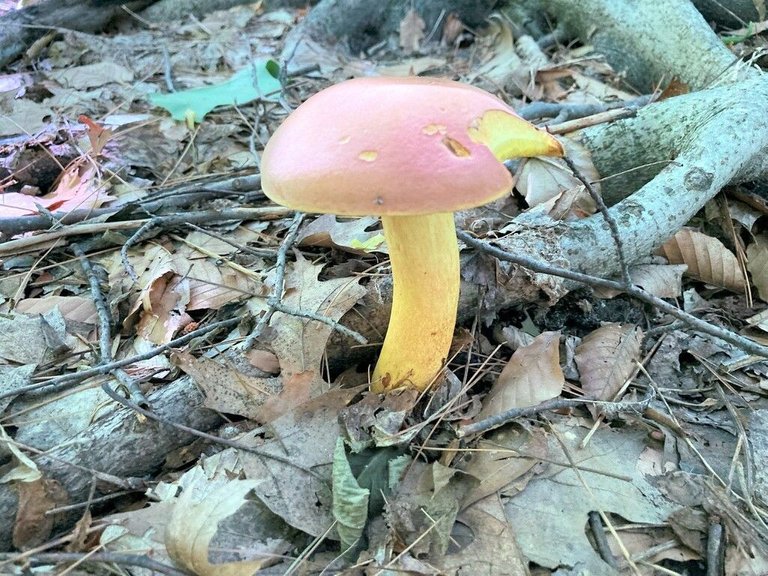
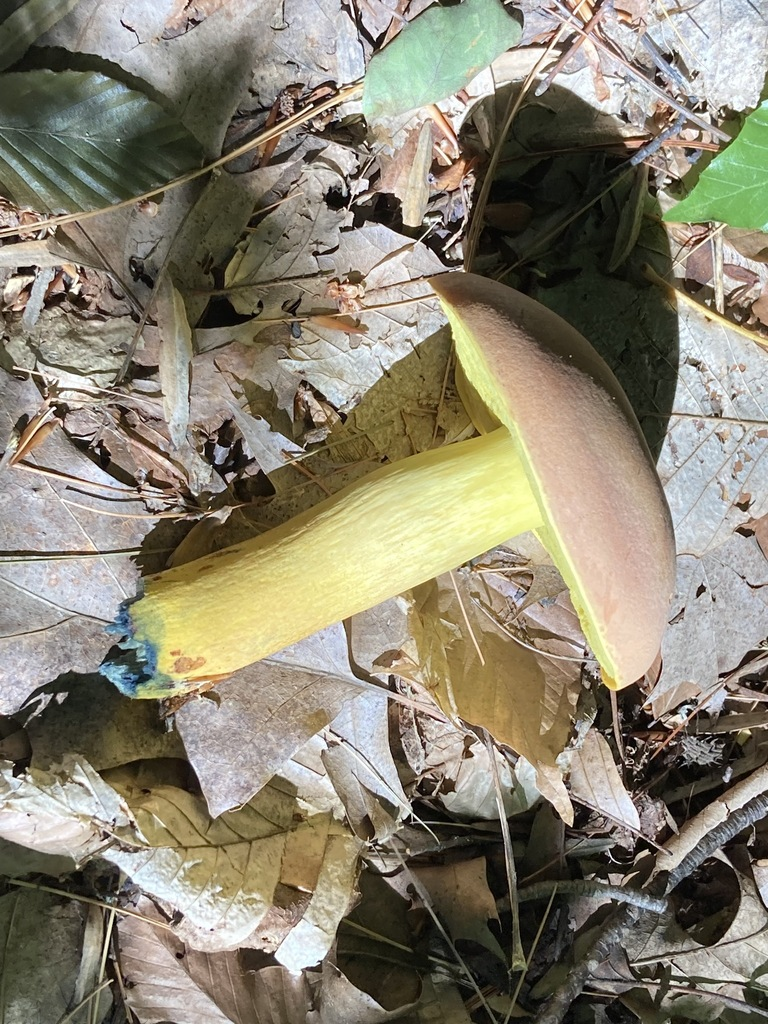
Oak-loving Gymnopus (Gymnopus dryophilus) being parasitized by Collybia Clouds (Syzygospora mycetophila):
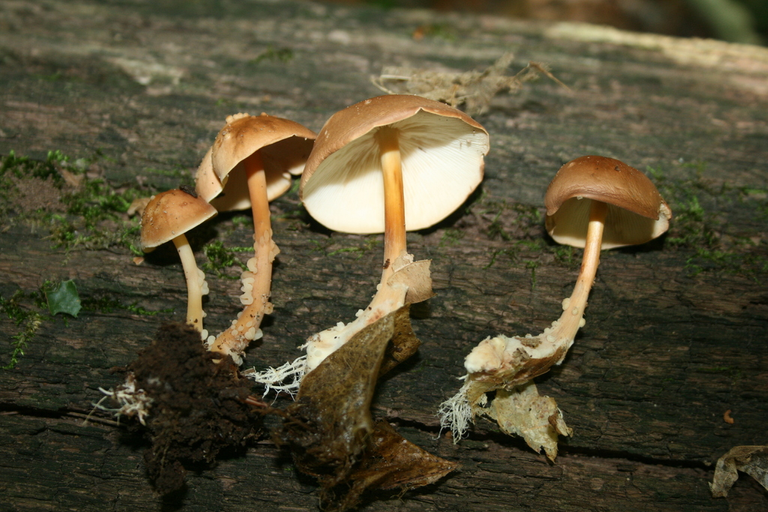
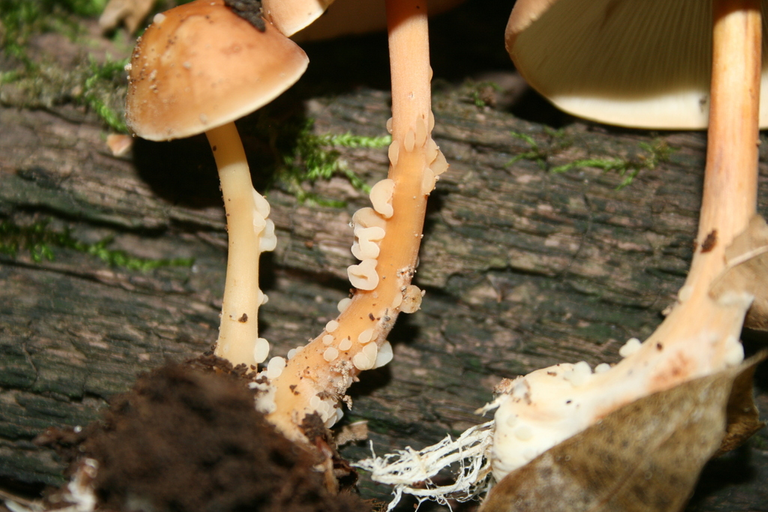
Bitter Bolete (Tylopilus felleus):
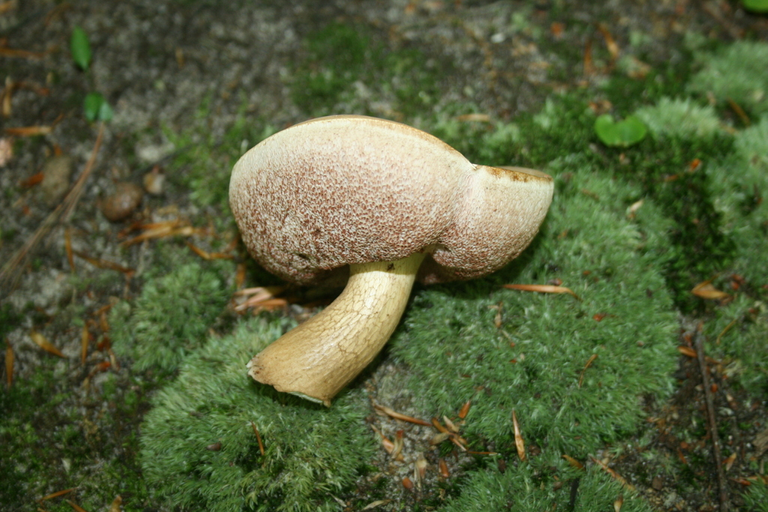
Pallid Bolete (Imleria pallida):
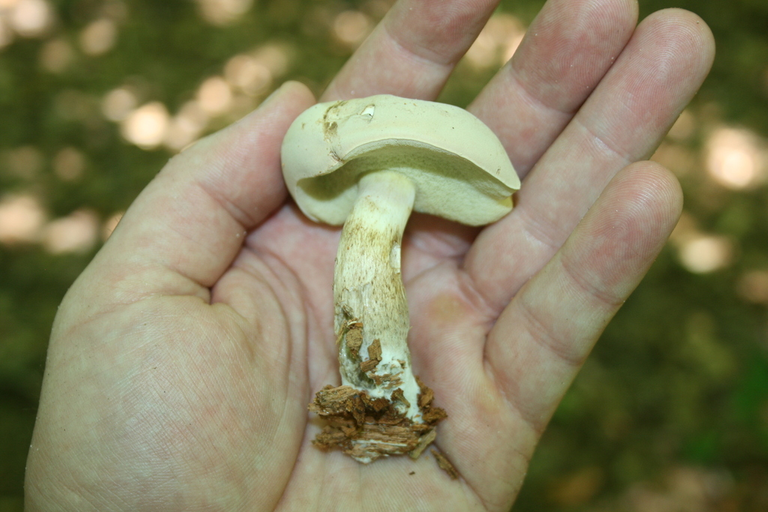

Oak Bracket (Pseudoinonotus dryadeus):
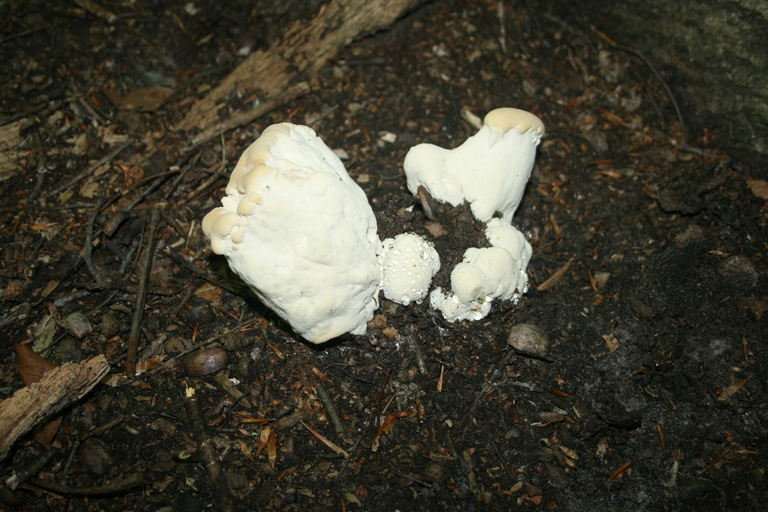
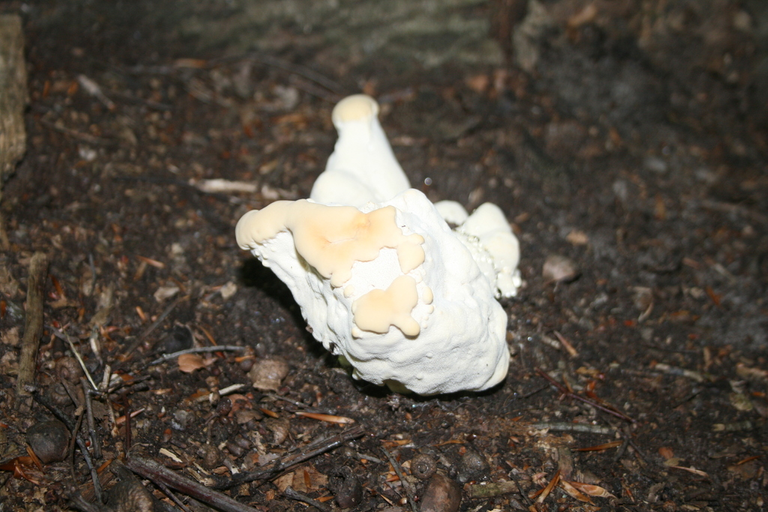
Amanita Sect. Phalloideae:
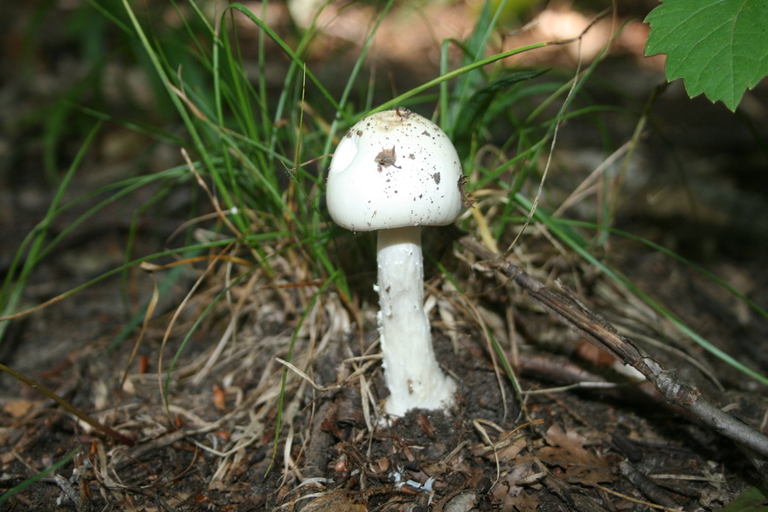
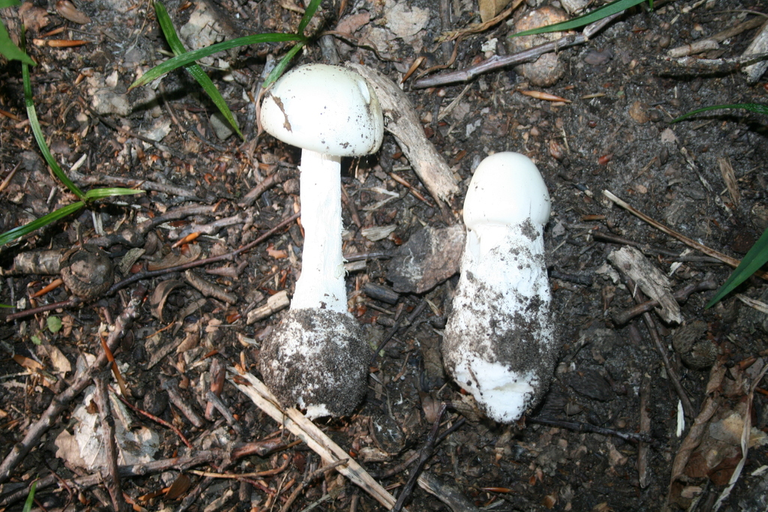
Mustard Yellow Polypore (Fuscoporia gilva):
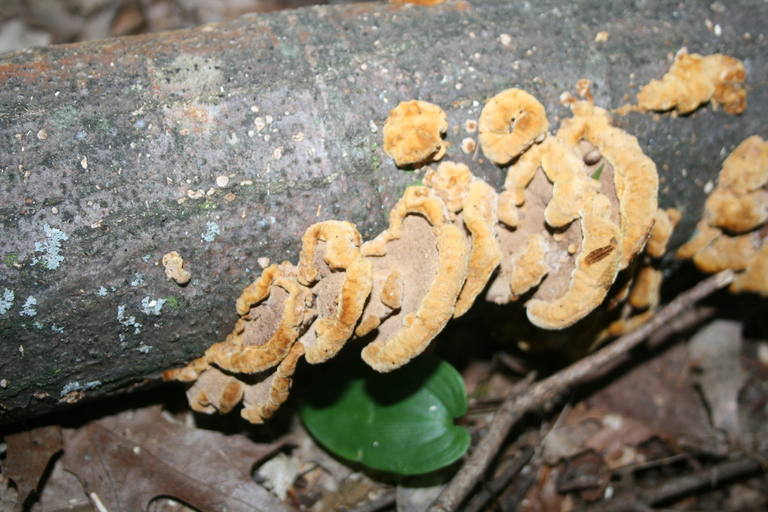
Red-cracking Bolete (Xerocomellus chrysenteron):
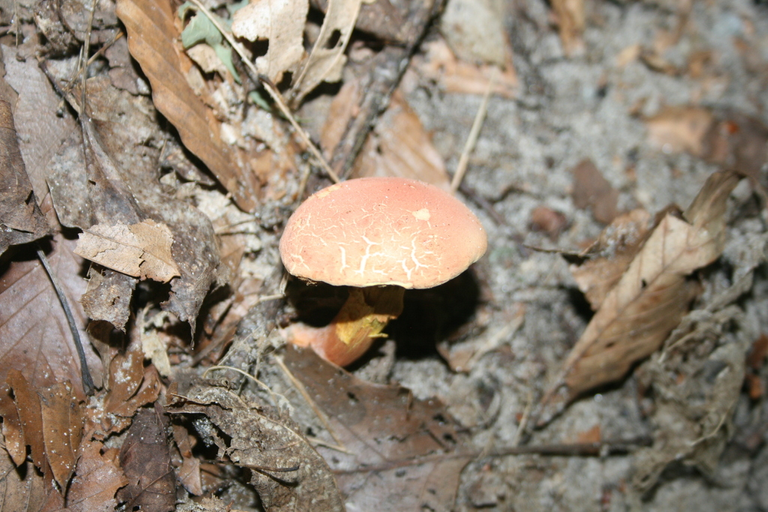
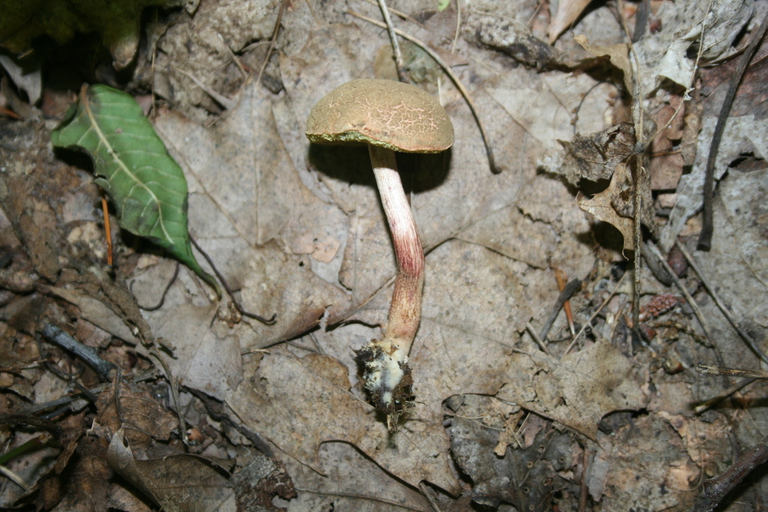
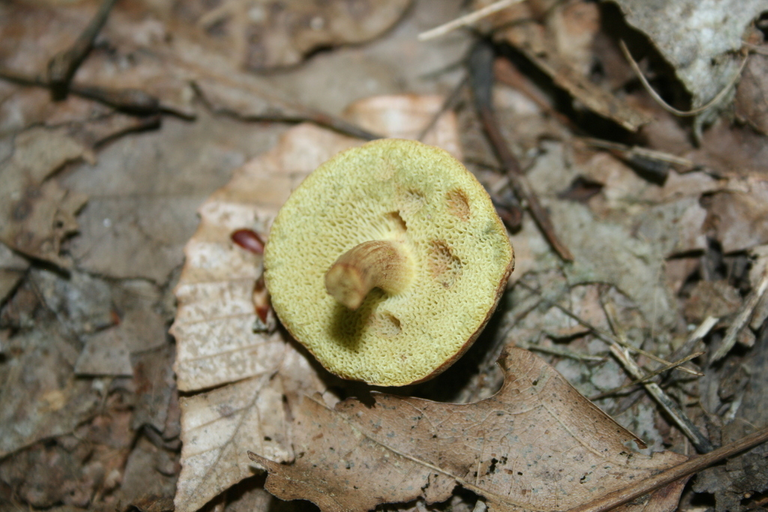
Variable Russula (Russula variata):
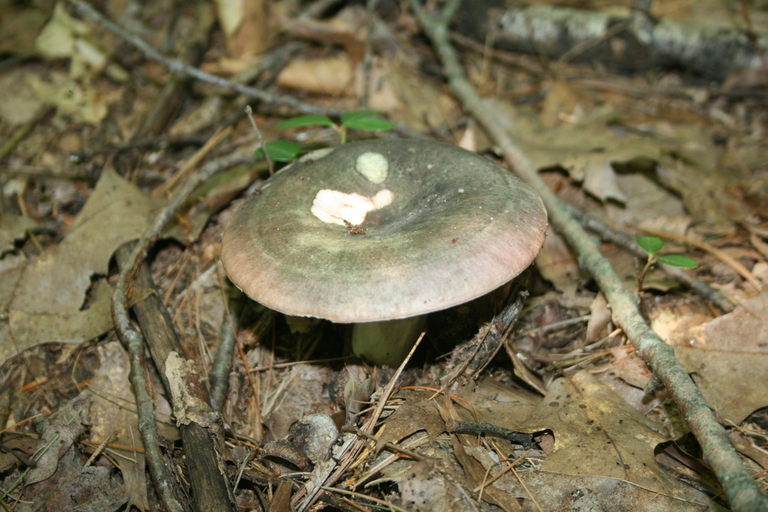
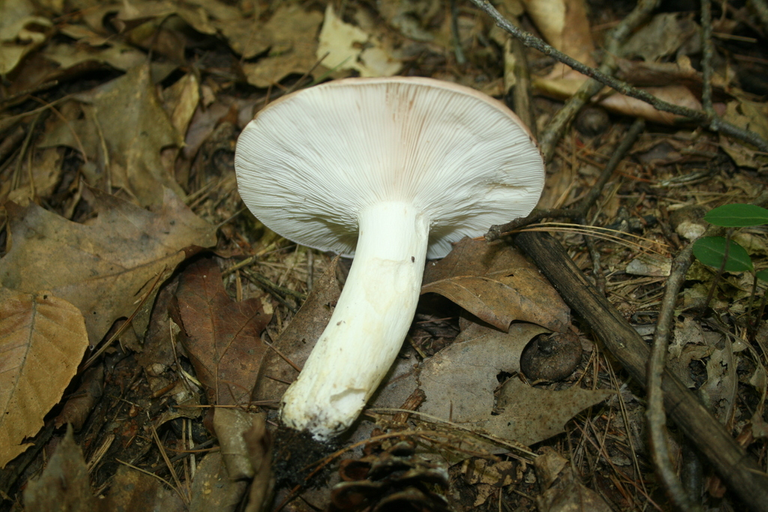
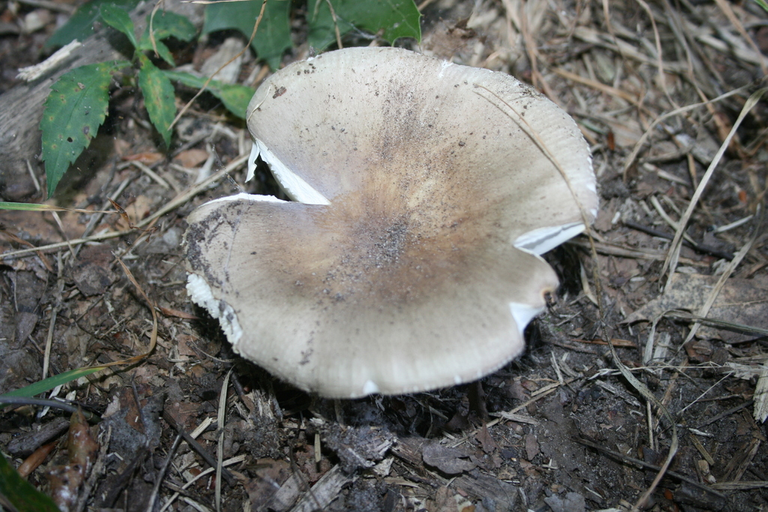
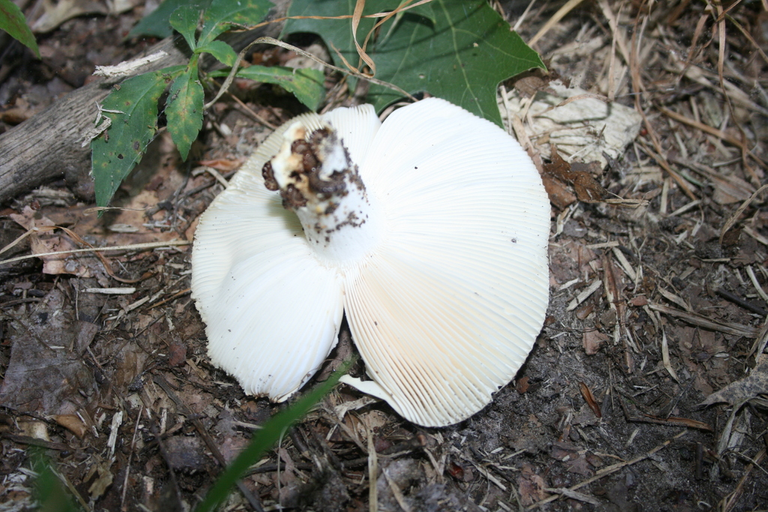
Eastern American Platterful Mushroom (Megacollybia rodmanii):

Velvet-footed Pax (Tapinella atrotomentosa):
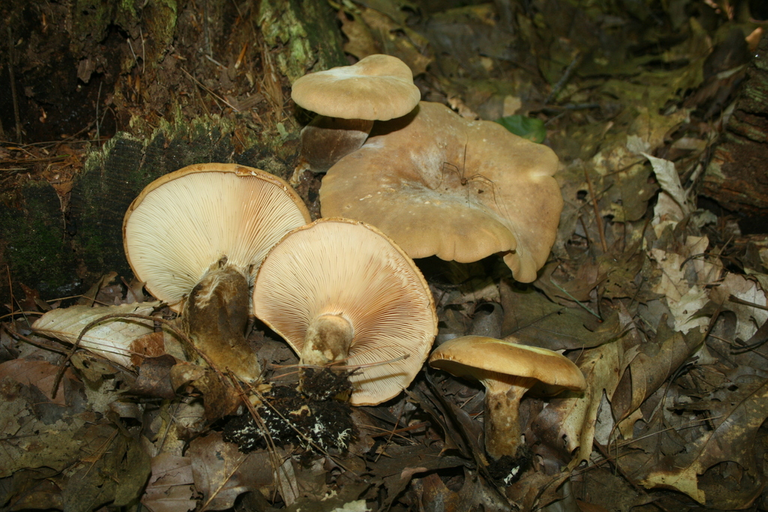


Saffron Crep (Crepidotus crocophyllus):
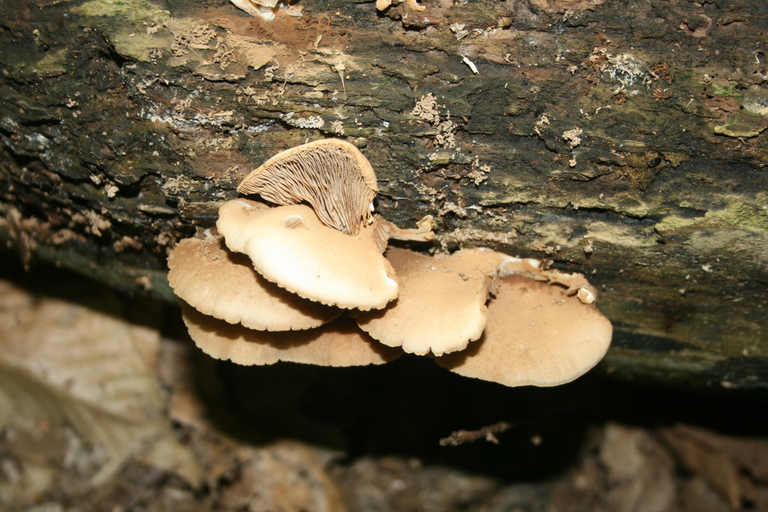
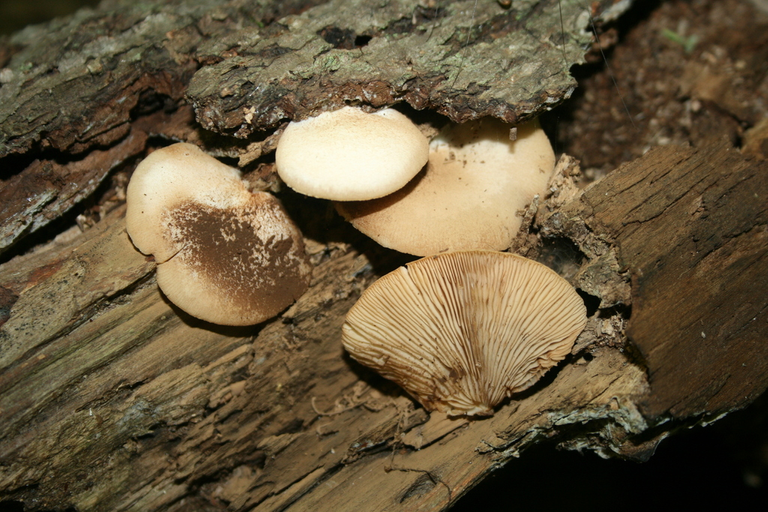
Eastern American White Blusher (Amanita rubescens var. alba):
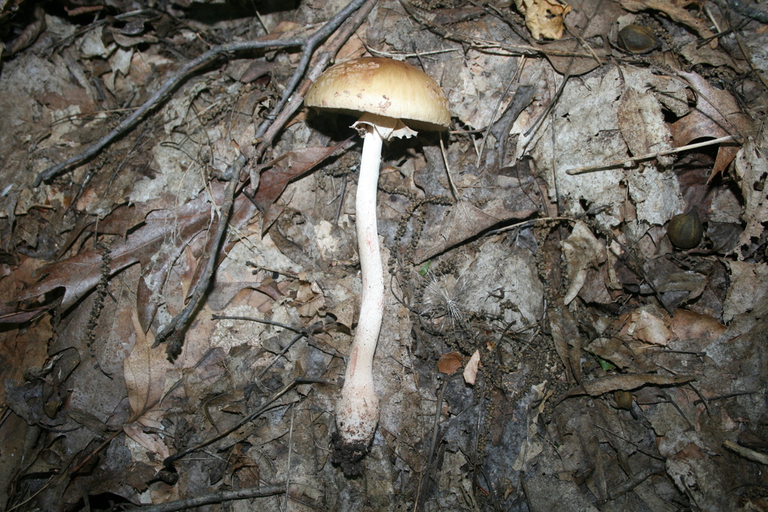
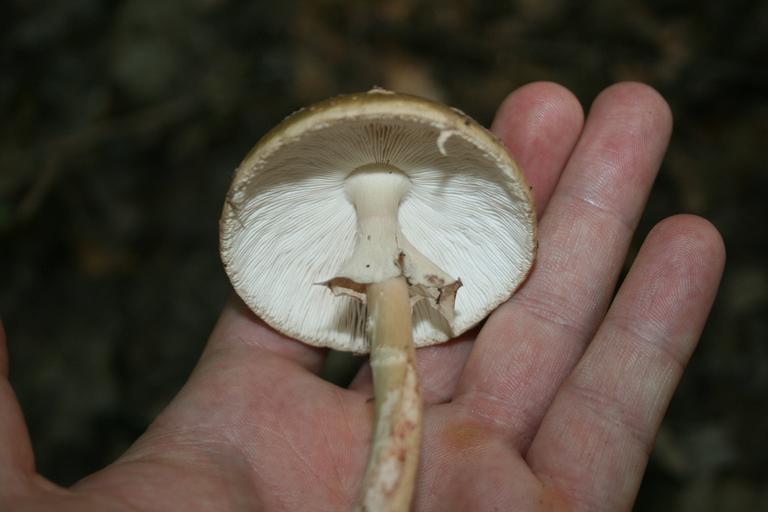
Blackfoot Polypore (Cerioporus leptocephalus):
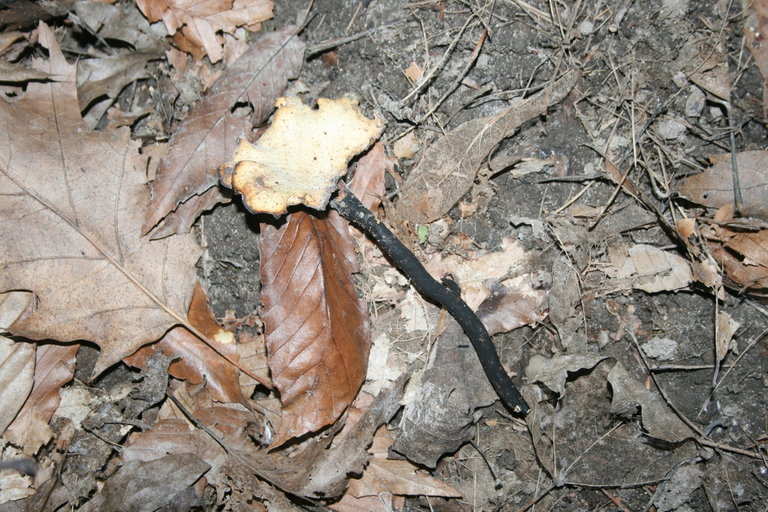
Pale Brittlestem (Candolleomyces candolleanus):
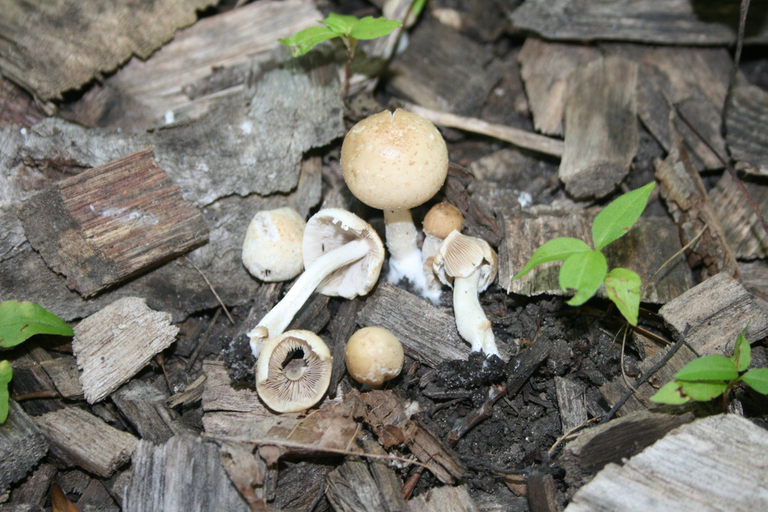
Red-mouth Bolete (Boletus subvelutipes):
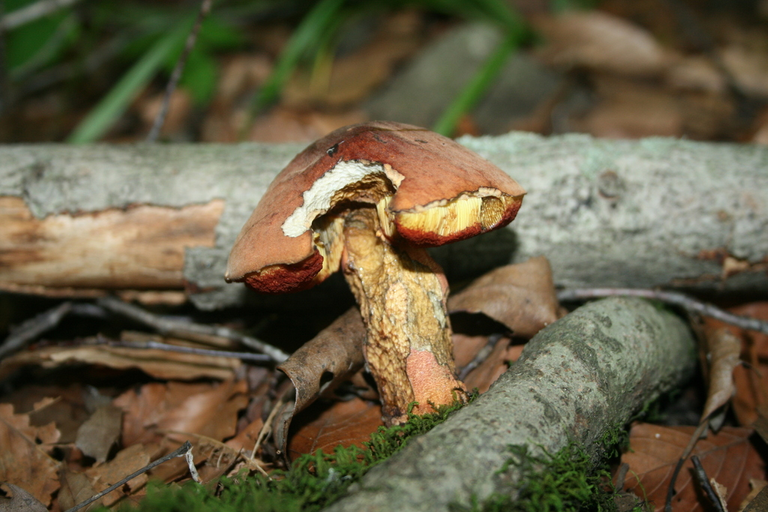
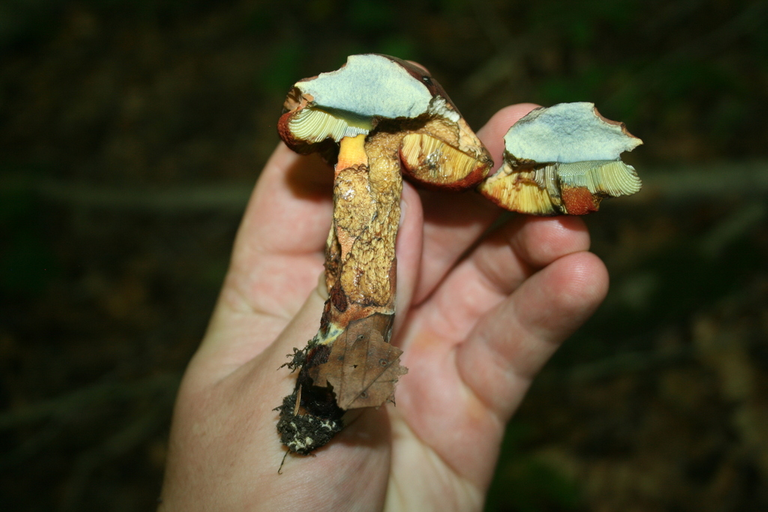
Frost's Bolete (Exsudoporus frostii):
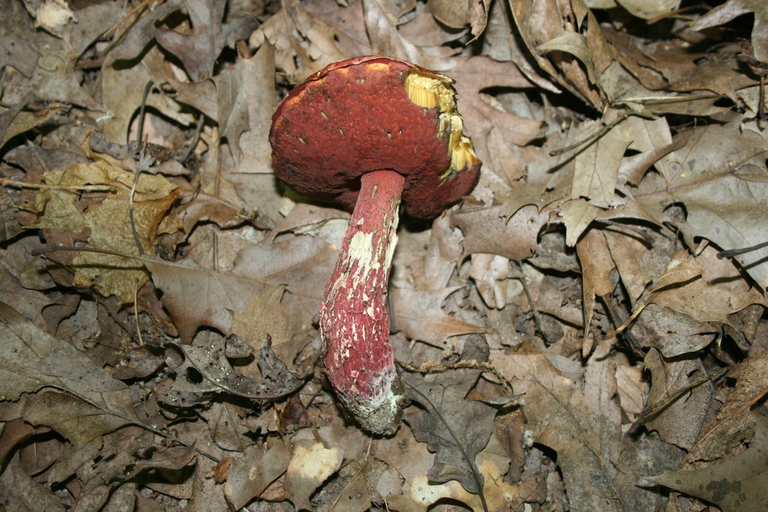
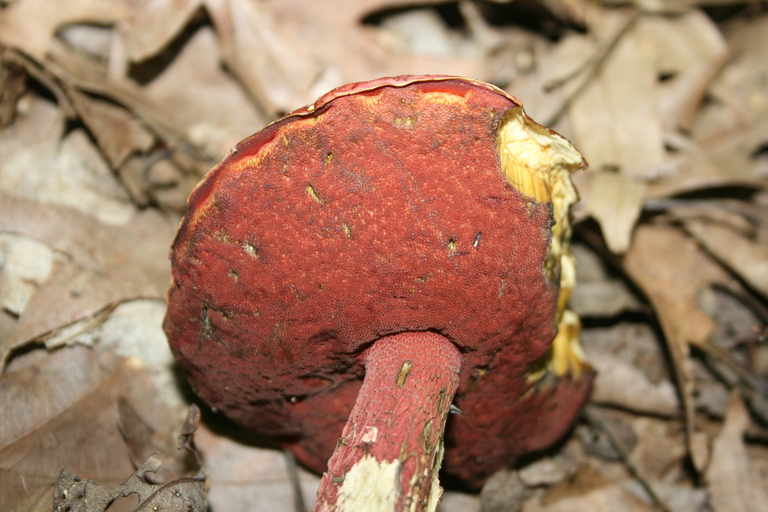

Eyelash Cups (Genus Scutellinia):

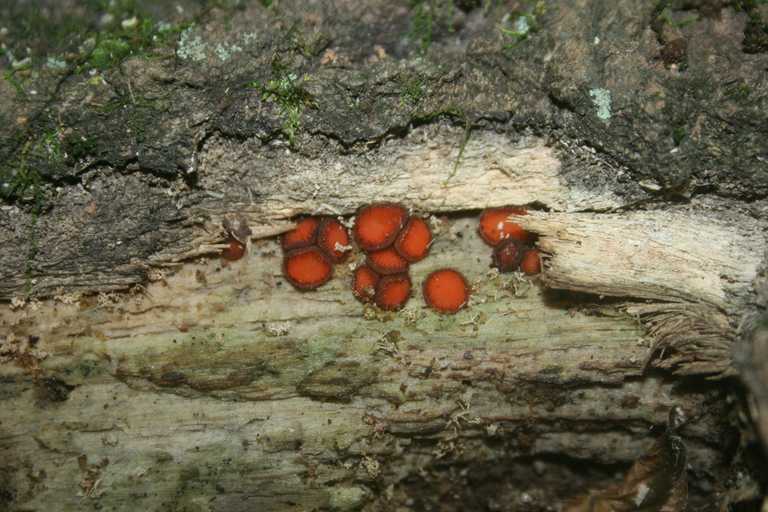

Brown-staining Cheese Polypore (Fuscopostia fragilis):
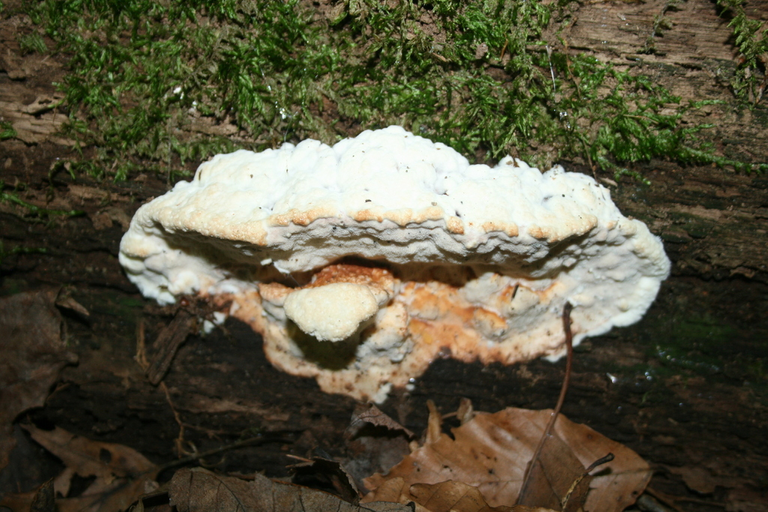
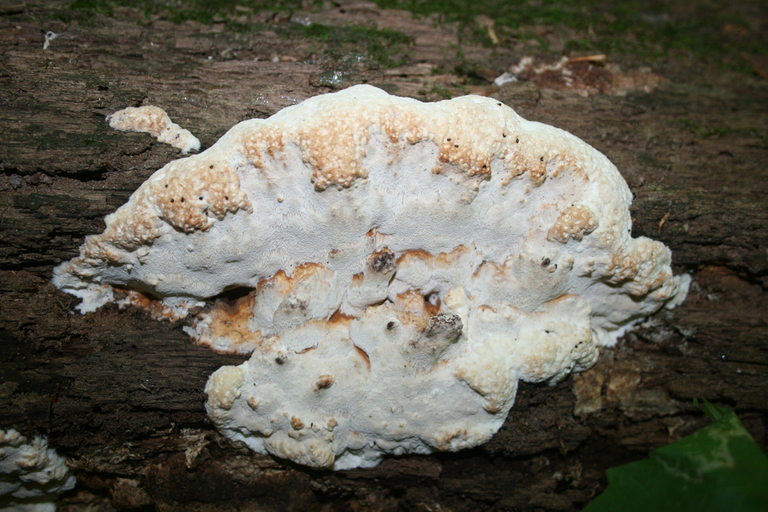
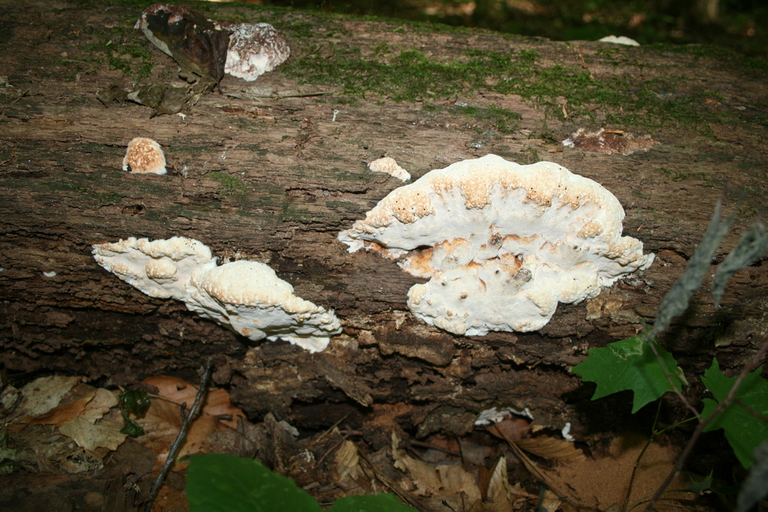
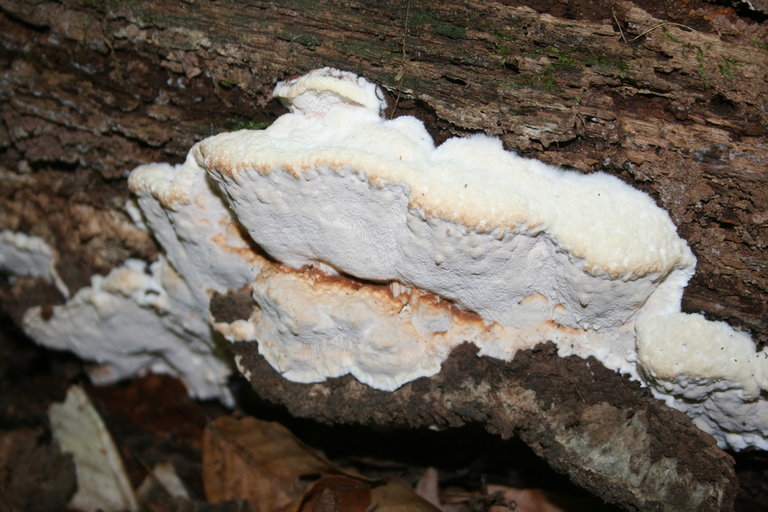

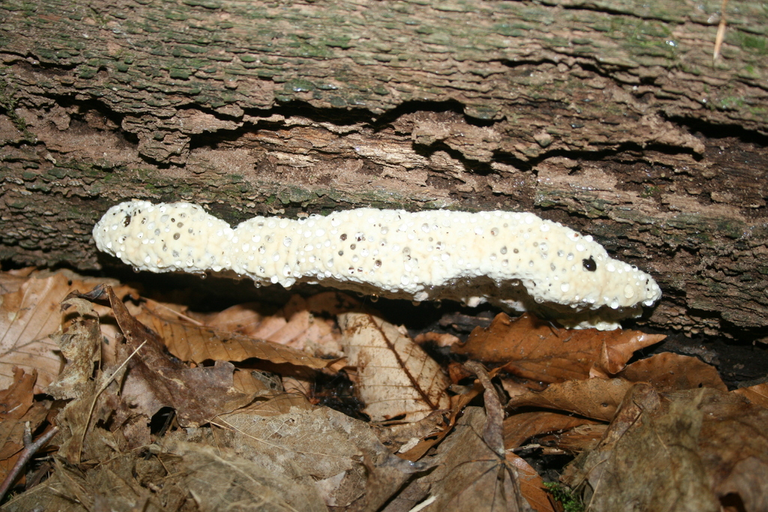
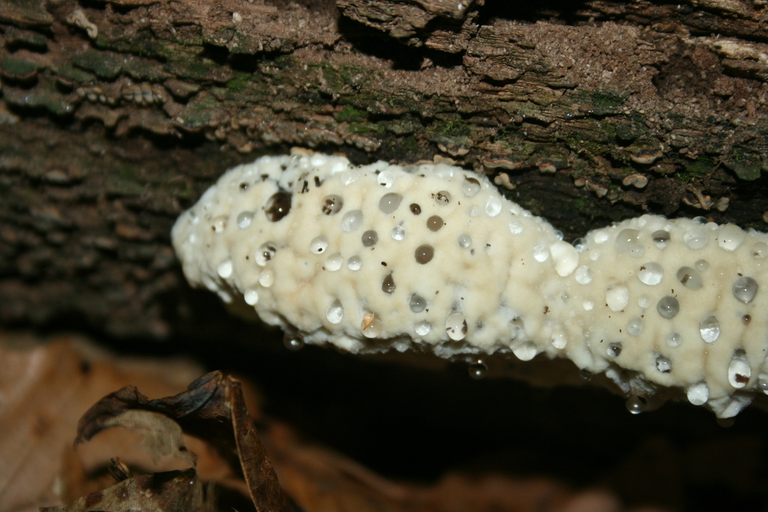
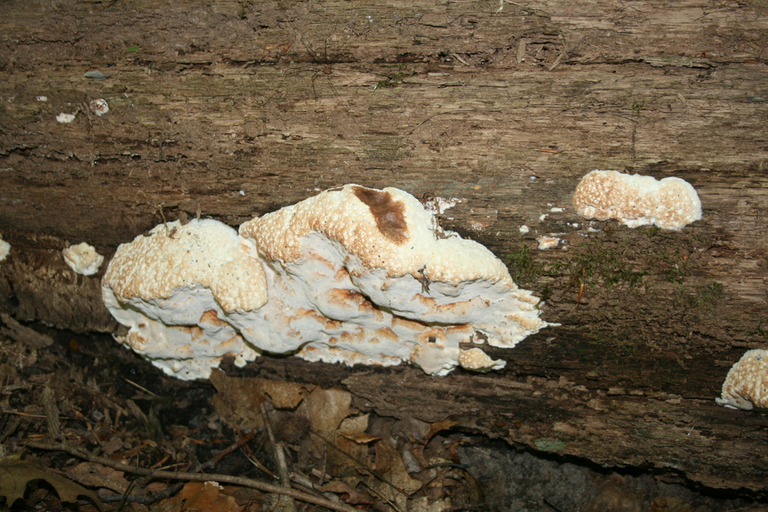
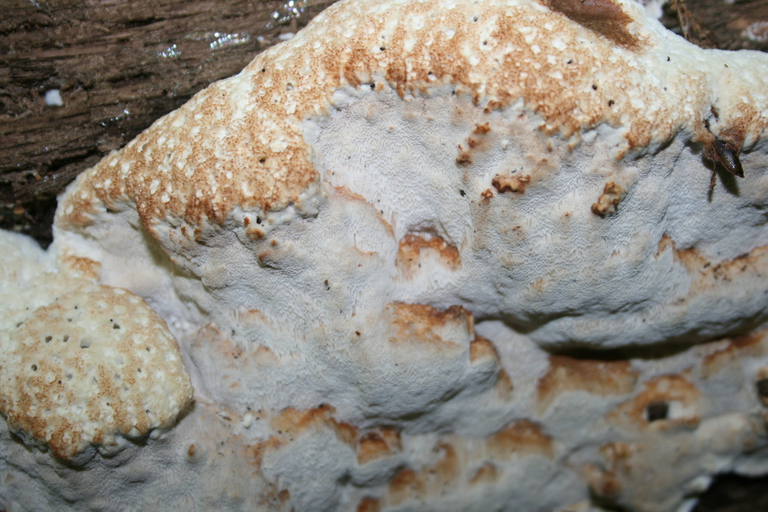
Common Earthball (Scleroderma citrinum):
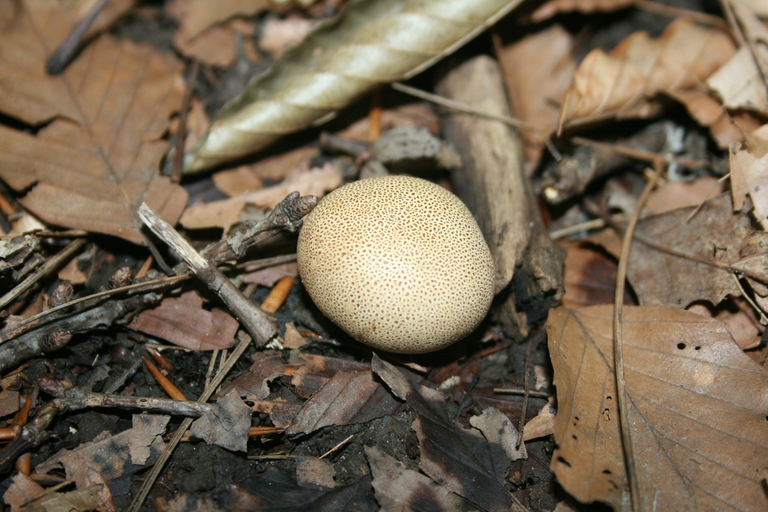
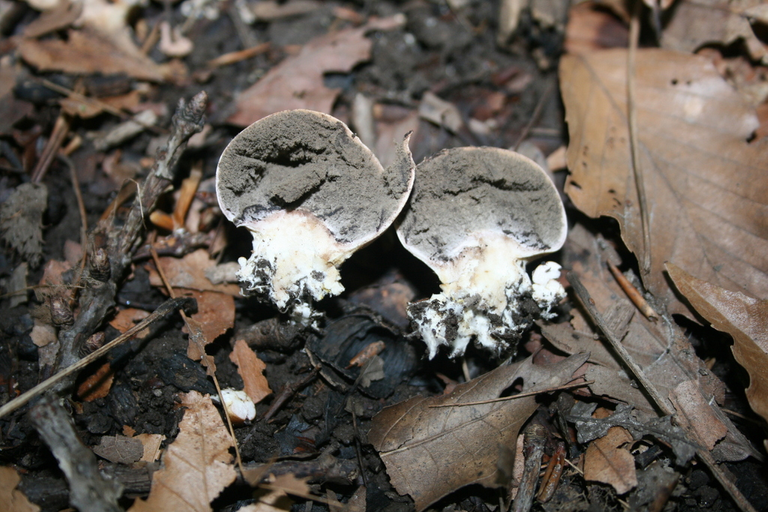
Flat Crep (Crepidotus applanatus):
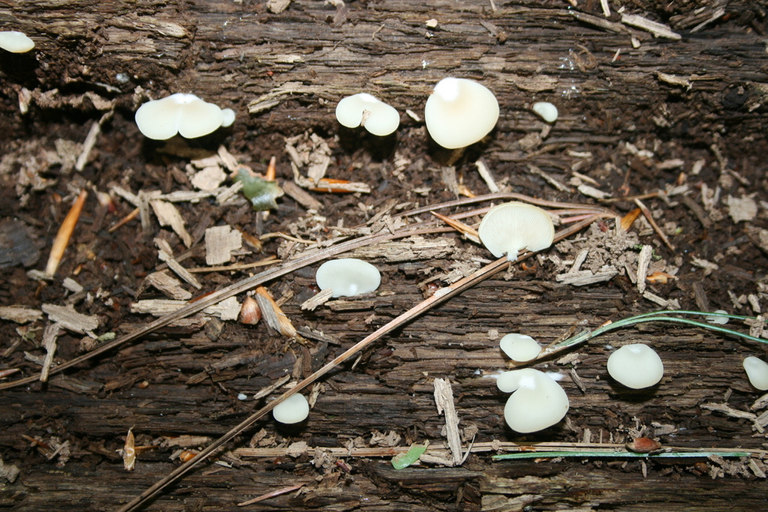
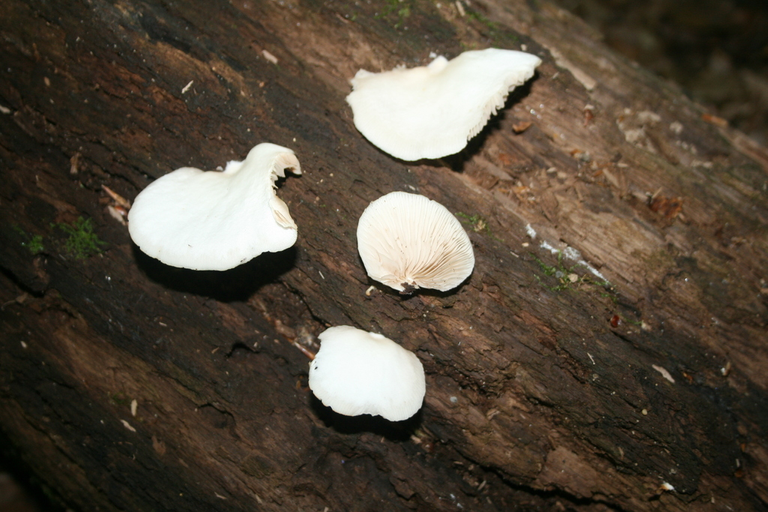
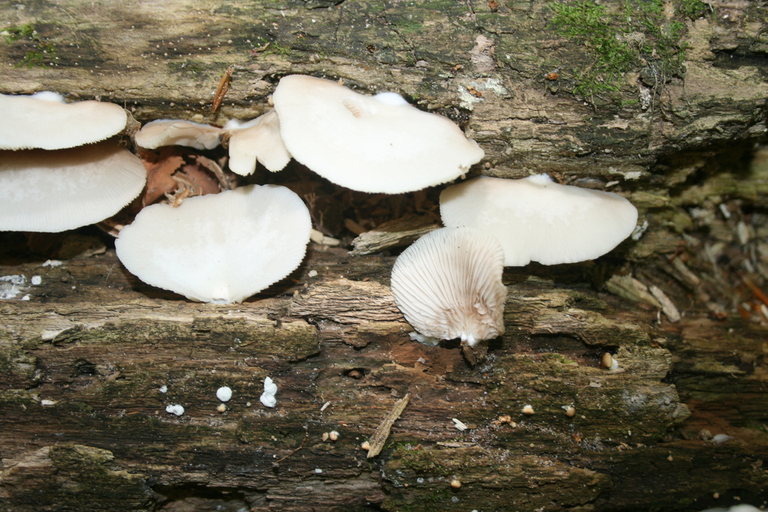
Beech Rooter (Oudemansiella furfuracea):
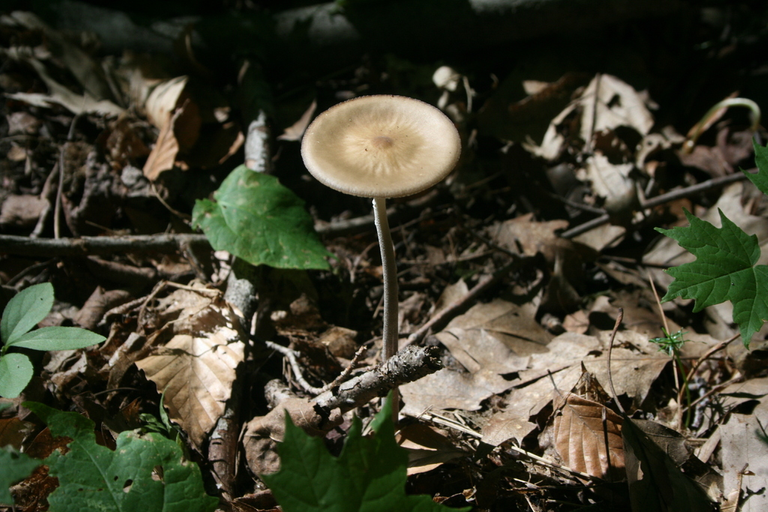
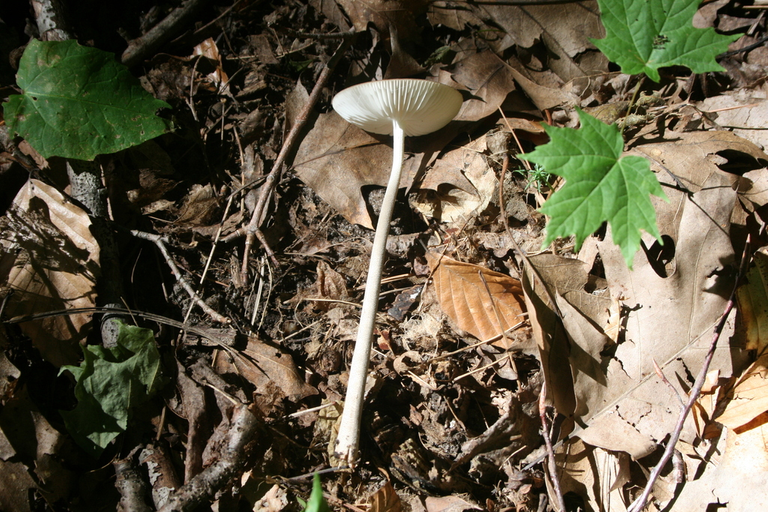
Beech Woodwart (Hypoxylon fragiforme):
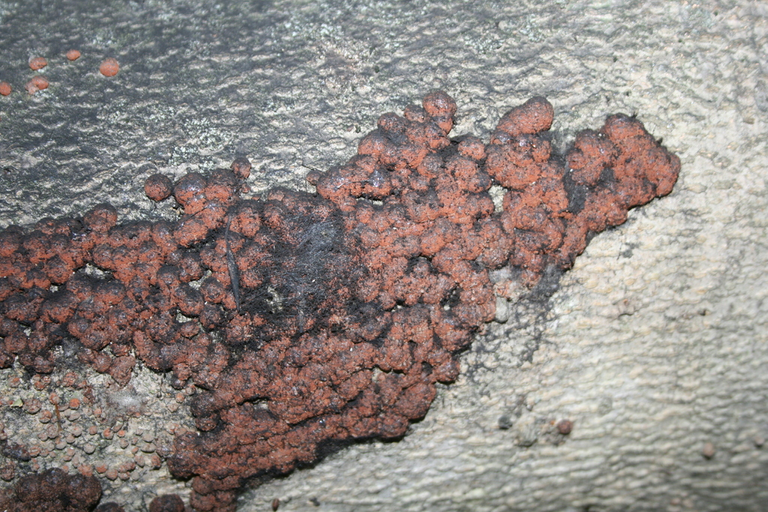
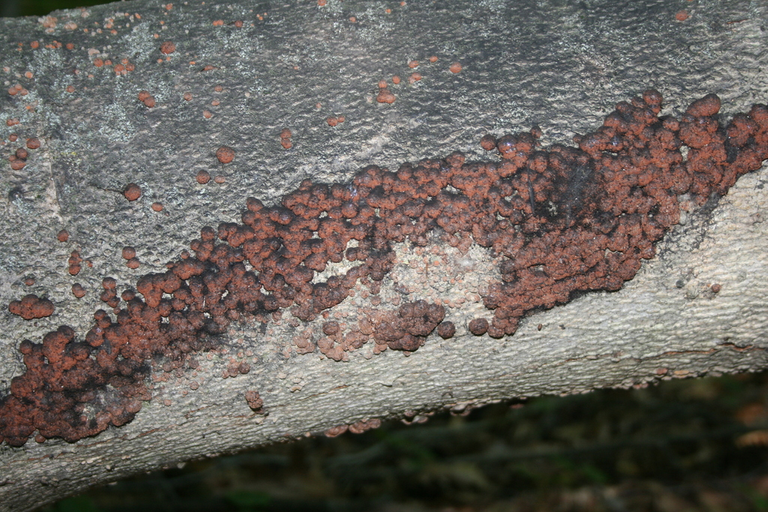
Violet-toothed Polypore (Trichaptum biforme):

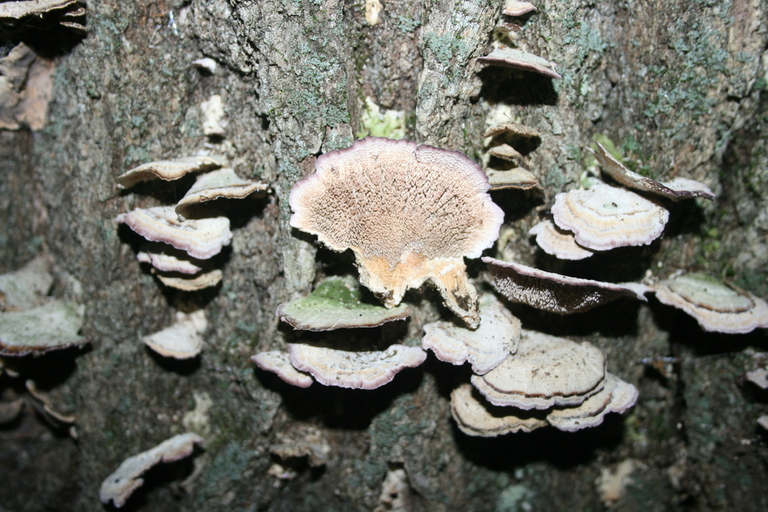
False Turkey-tail (Stereum lobatum):

Lumpy Bracket (Trametes gibbosa):
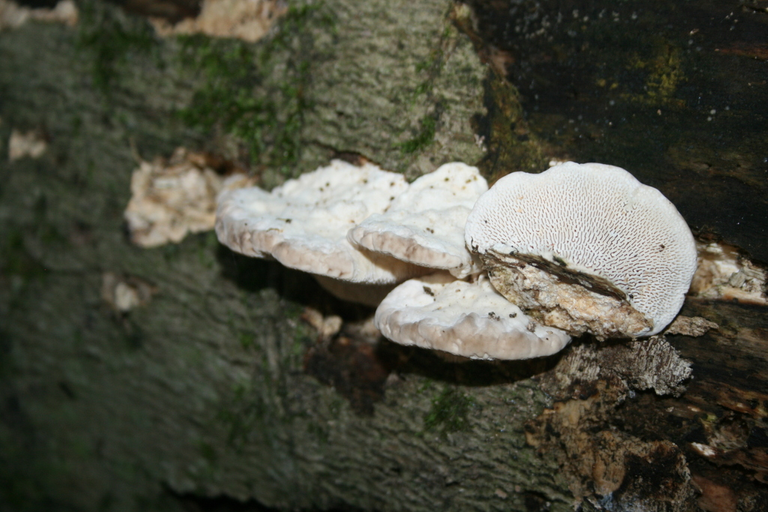
Orange Mycena (Mycena leaiana):
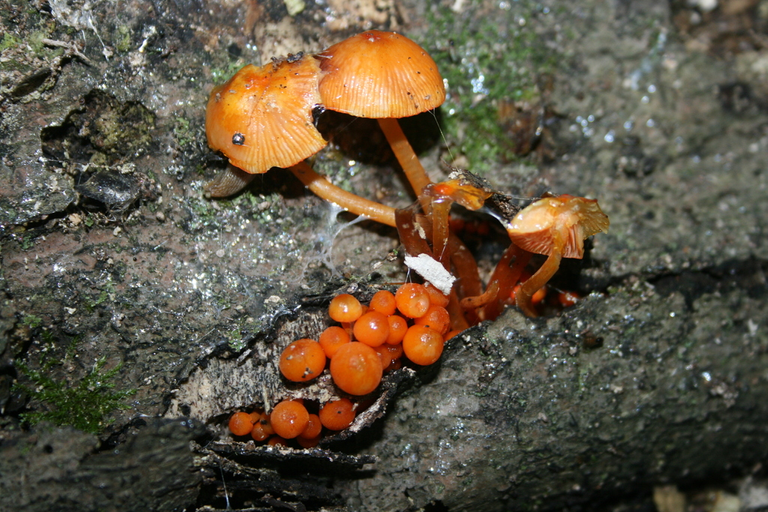
Common Puffball (Lycoperdon perlatum):
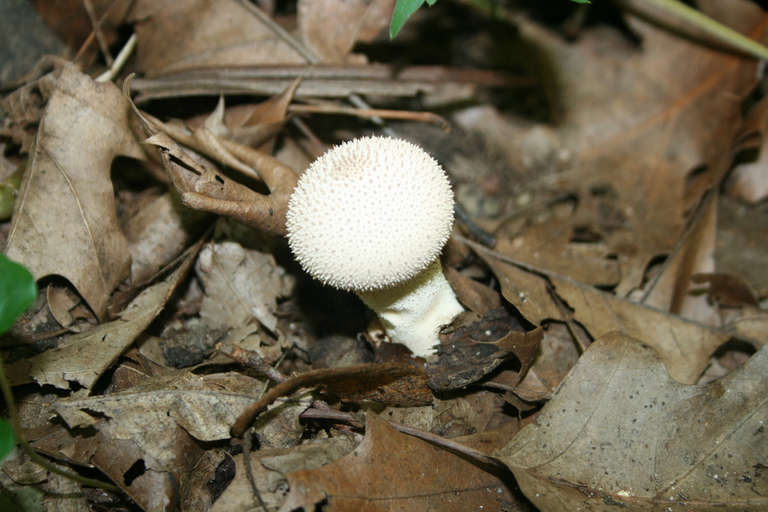
Mica Cap (Coprinellus micaceus):
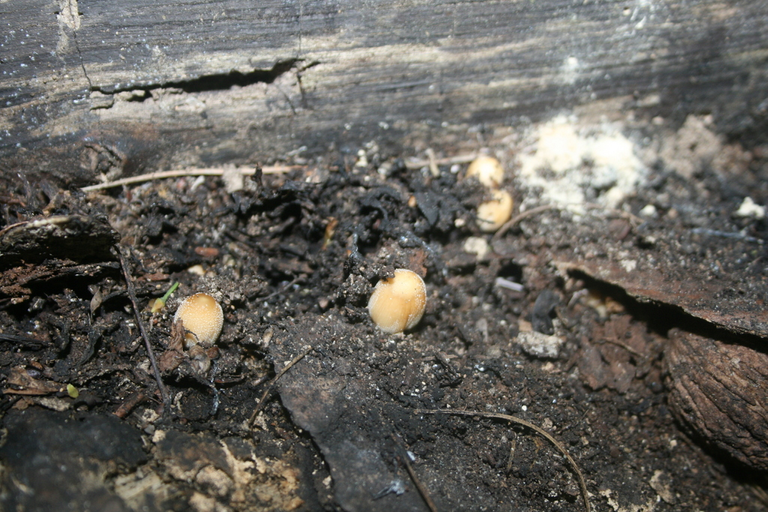
Artist's Bracket (Ganoderma applanatum):
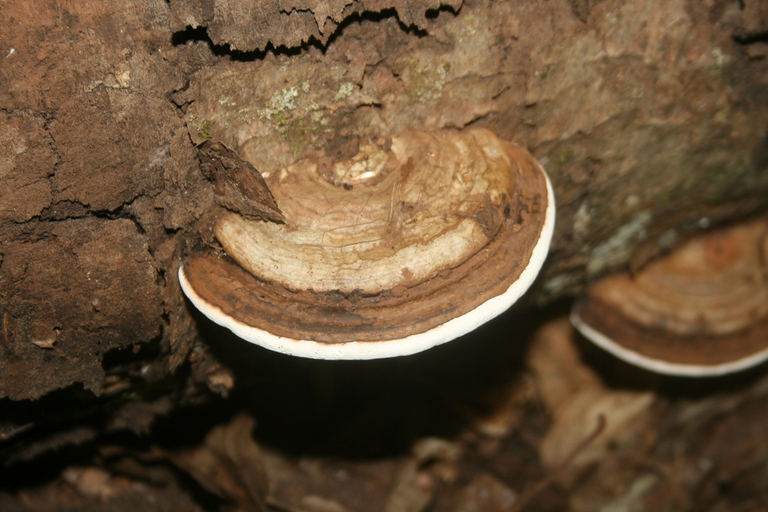
Marasmius cohaerens var. lachnophyllus:
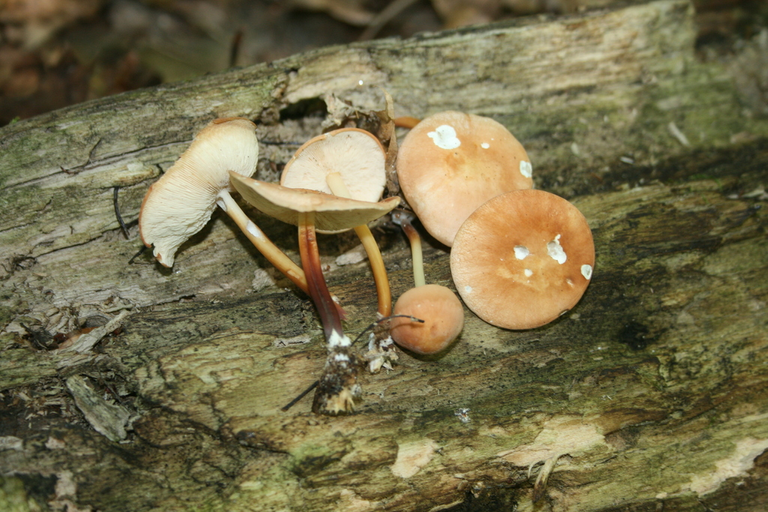
Daldinia childiae:

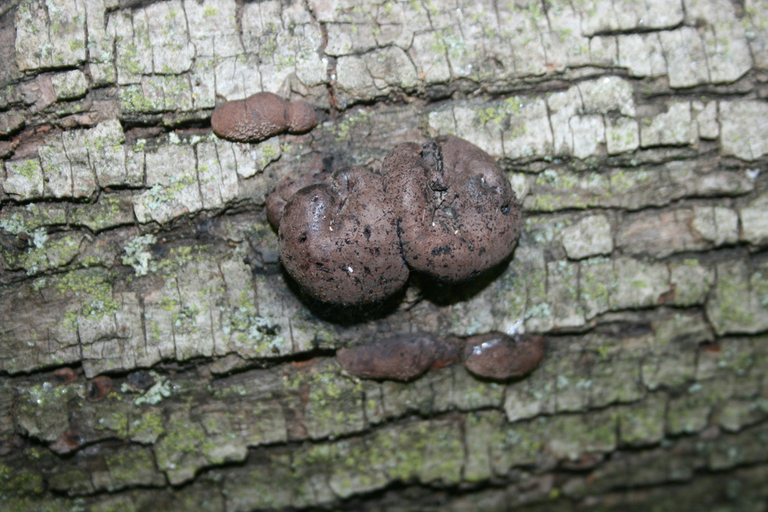
Ceriporia spissa:
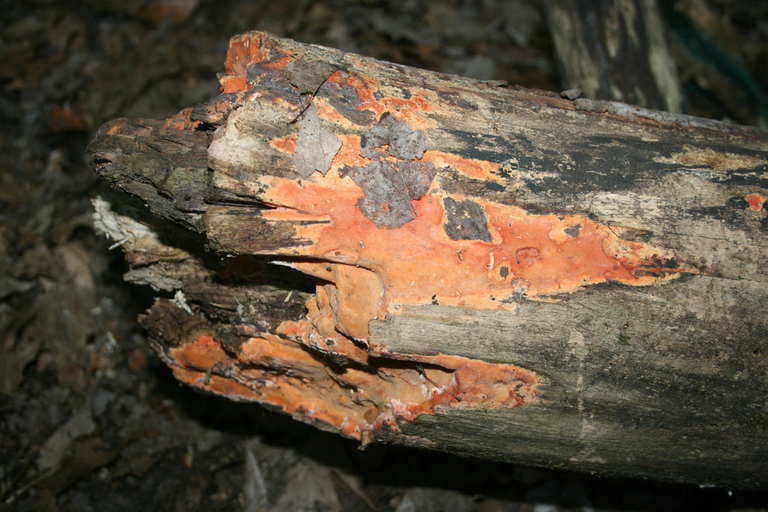
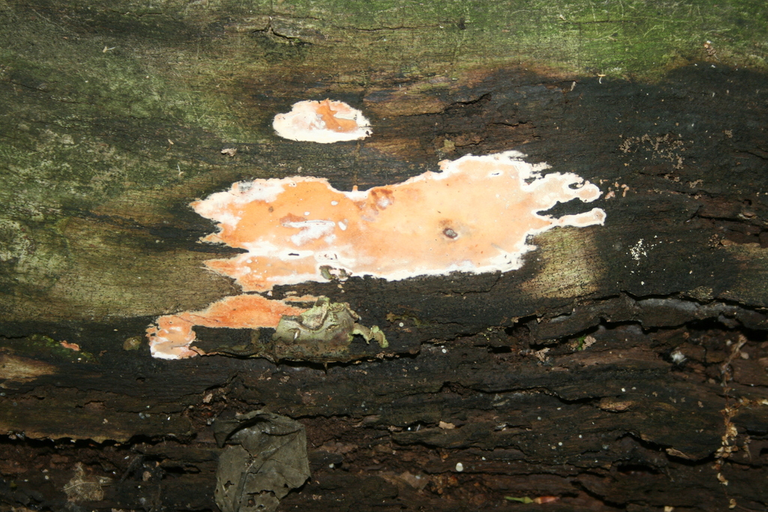
Scorias spongiosa:
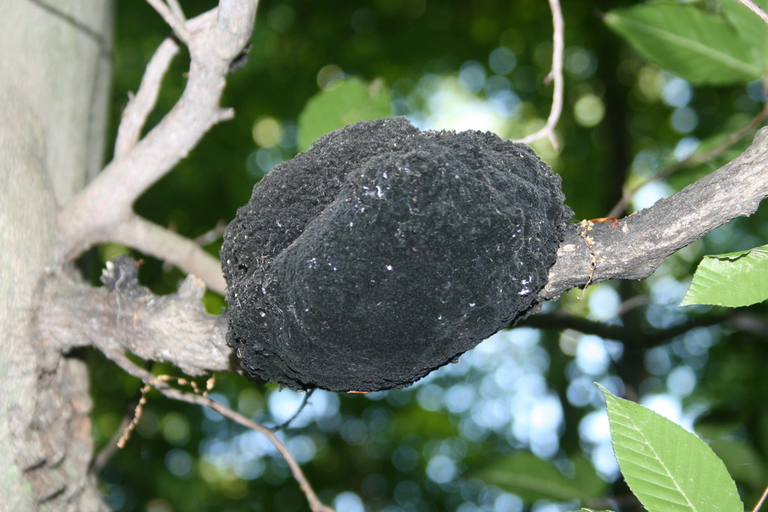
Neofavolus americanus:
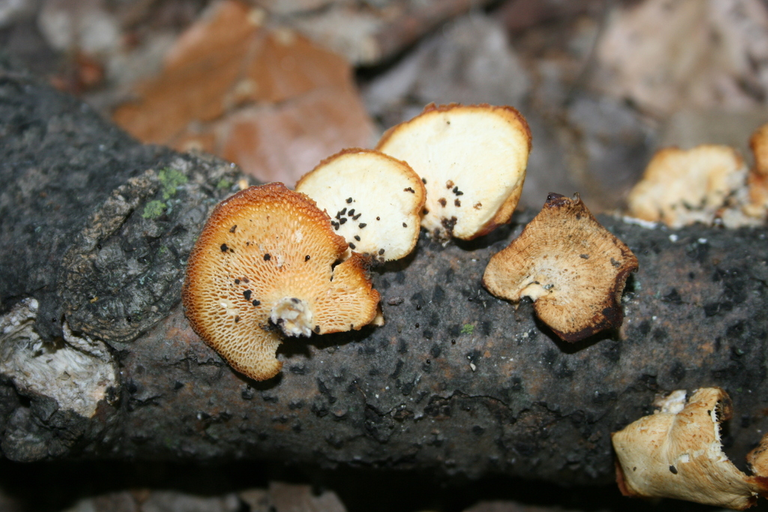
Genus Diatrype:
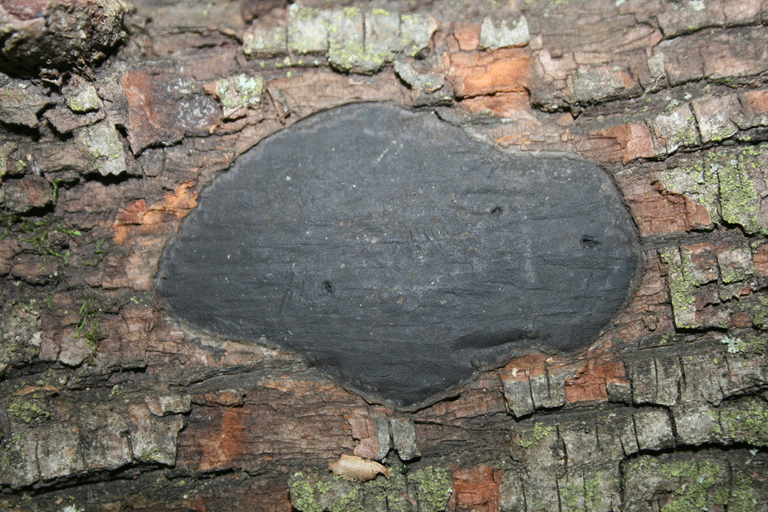
My NFT Showroom gallery: https://nftshowroom.com/tych021/gallery
Creary Gallery: https://creary.net/@tych021/projects
Publish0x reflink: https://www.publish0x.com?a=M7e58kDYd2
PeakD reflink: https://peakd.com/register?ref=tych021
NFTShowroom reflink: https://nftshowroom.com/?r=tych021
Twitter: https://twitter.com/tych021
Vimm.tv: https://www.vimm.tv/tych021